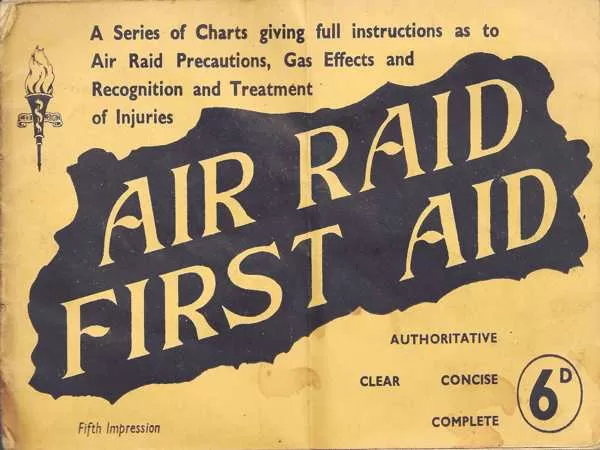Forgotten Medical Remedies of Yesteryear: Shocking Treatments Revealed, Before the establishment of the NHS in 1948, British citizens often had to rely on self-treatment when medical care was beyond their financial reach. During this time, many turned to home remedies and old medicinal guides to care for their health. The following insights are drawn from a few ancient and fascinating medical books that highlight just how different healthcare was in the past.
The Medical Guide by Richard Reece (1817)
One of the oldest books in this collection is The Medical Guide by Richard Reece, dated March 1817. This text offers a glimpse into the world of 19th-century medicine, a time when King George III reigned, and the Battle of Waterloo had recently concluded. Within this guide lies a disturbing account of laudanum, a tincture of opium widely used as a pain reliever during the Victorian era. However, despite its therapeutic uses, laudanum was a deadly poison. As little as two or three teaspoons could kill an adult, and it tragically became a frequent method of suicide.

This era was marked by the fact that even though laudanum was over-the-counter, its dangers were well known. Yet, desperate times led many to turn to such substances as their only means of relief.
The Moral and Physical Thermometer: A Grim Warning
In The Medical Guide, Reece also includes a “Moral and Physical Thermometer,” which dramatically charts the perceived moral and physical decline associated with alcohol consumption. Starting with water, which leads to “health and wealth,” the thermometer progresses through alcoholic beverages like small beer and wine before plunging into the dangers of stronger drinks such as gin, brandy, and whiskey. These beverages, according to the guide, lead to moral degradation, with warnings of punishments ranging from black eyes to death by hanging. This cautionary chart also serves as a reminder of how intertwined moral and health concerns were during the time.

Robinson’s New Family Herbal (circa 1838)
If you couldn’t afford the professional medical care or the drugs prescribed by doctors, you might have turned to nature for remedies. Robinson’s New Family Herbal from around 1838 offers a guide to medicinal plants. Herbals like this were crucial in providing guidance for those who gathered their own remedies from the wild.
However, herbal medicine had its own risks. For one, plants needed to be gathered at specific times of the year to ensure potency, which didn’t always coincide with the timing of an illness. More dangerously, it was easy to mistake a safe plant for a poisonous one. For instance, the book includes an entry on Deadly Nightshade, a highly toxic plant that could easily be fatal if misused. The illustrations provided in herbals like Robinson’s were often rudimentary, so identifying the correct plant was a gamble.

Air Raid First Aid (WWII Pamphlet)
Fast forward to the Second World War, and another interesting medical text emerges. This small pamphlet, Air Raid First Aid, was distributed during World War II to instruct civilians on how to treat injuries sustained from air raids. The guide covered common injuries like burns, bleeding, and exposure to poison gas. The NHS was still years away, and in the chaos of wartime, many people had no choice but to perform first aid on themselves or their loved ones.
The booklet holds historical significance as a testament to the resilience of ordinary citizens who had to manage their own health during a time of limited resources and widespread danger. Passed down from one generation to another, this piece of medical history is a stark reminder of the hardships faced by those living during WWII.
Conclusion
These forgotten relics from the past offer us a window into how different medicine once was. From dangerous drugs like laudanum to herbal remedies gathered in fields, self-treatment was often the only option. Today, with the convenience of modern medicine, it’s easy to forget the struggles of previous generations. However, these books serve as a poignant reminder of the resilience of people who lived through those times and how far we’ve come in medical advancements.

